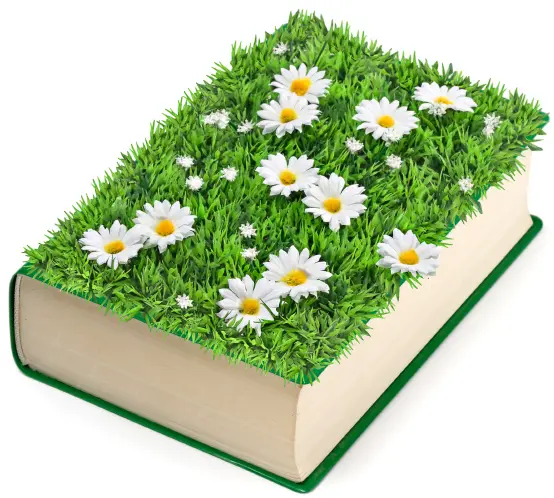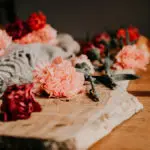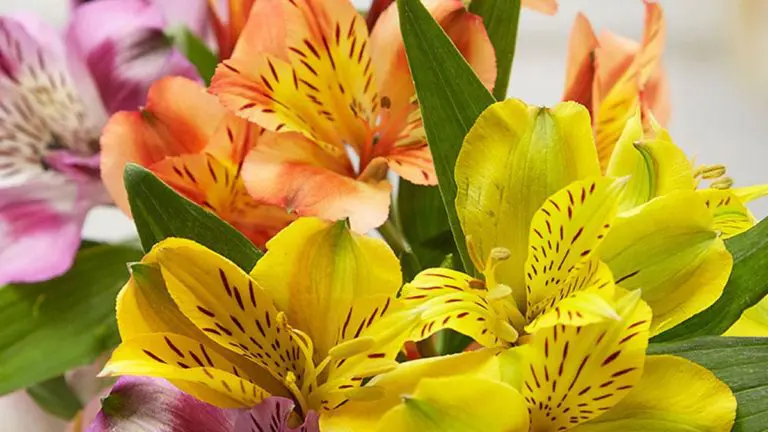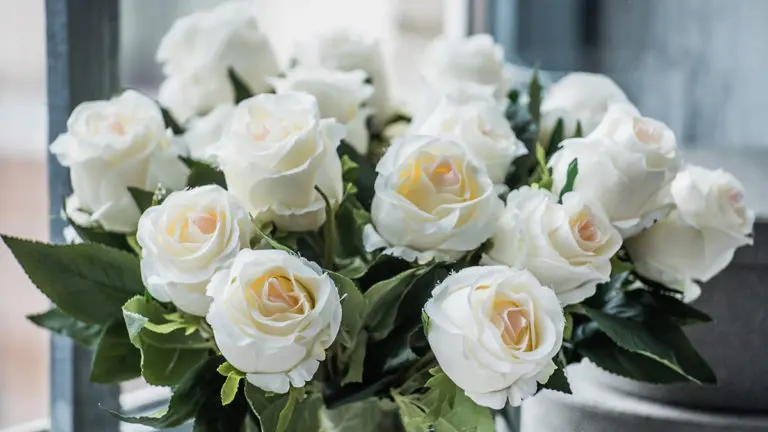From food to fashion, flowers have been prevalent in every aspect of culture and man-made creations, and literature is no exception.
 Plants and flowers in literature:
Plants and flowers in literature:
“Flowers for Algernon,” Daniel Keyes
This classic American fictional short story follows the progress of Charlie, a man with a low IQ who undergoes an experimental surgery that turns him into a genius. The effects of the surgery are short-lived, yet the story he tells is one that will live on forever.
“The Perks of Being a Wallflower,” Stephen Chbosky
One of the staple coming-of-age stories of this generation, this American novel (turned feature film) follows Charlie, a 15-year-old boy through his adolescence as he deals with friends, love, and learns the “perks” of being a wallflower.
“The Chrysanthemums,” John Steinbeck
In this short story, part of Steinbeck’s collection The Long Valley, follows the growth in main character Elisa, through her love and appreciation of flowers – particularly Chrysanthemums.
“The Giving Tree,” Shel Silverstein
This classic children’s picture book follows the life-long friendship between a boy and a tree that can communicate with each other. While critics have argued the controversial nature of the relationship, this book is a favorite amongst children in the elementary level and is considered one of Silverstein’s most popular works.
“The Secret Garden,” Frances Hodgson Burnett
This classic English children’s novel observes the progress and growth of Mary, a troubled 10-year old who discovers a secret rose garden that changes her life and the lives of those around her.
“House of Leaves,” Mark Z. Danielewski
One of the most uniquely formatted novels in history, “House of Leaves” follows a number of characters through their experiences and records through a house that seems to grow and change with each passing day. This is a must-read for those who enjoy mysteries, allusions, and historical references.
“Daisy-Head Mayzie,” Dr. Seuss
The last book officially written by Dr. Suess, this short children’s story follows Mayzie, who one day wakes up with a daisy growing from her head. With help from narrator The Cat in the Hat, she learns to deal with and embrace her uniqueness.
“The Catcher in the Rye,” J. D. Salinger
This internationally renowned novel follows the main character Holden Caulfield, a rebellious teen with a unique outlook on life. The rye referred to in this title is that of a rye field, where Holden shares a fantasy he has:
“I keep picturing all these little kids playing some game in this big field of rye and all. Thousands of little kids, and nobody’s around – nobody big, I mean – except me. And I’m standing on the edge of some crazy cliff. What I have to do, I have to catch everybody if they start to go over the cliff – I mean if they’re running and they don’t look where they’re going I have to come out from somewhere and catch them. That’s all I’d do all day. I’d just be the catcher in the rye and all. I know it’s crazy, but that’s the only thing I’d really like to be. I know it’s crazy.”
Bonus book: “The Fault in Our Stars,” John Green
While this book does not have a flower or plant in the title, the tulip is a reoccurring theme and metaphor in the book. Not only was “The Fault in Our Stars”’ Hazel Grace Lancaster’s favorite flower the tulip, but this flower is even prevalent in the name of the male lead character Augustus Water. During the Dutch Tulip Mania in the 1600s, tulips rose to astronomical prices.. with one multi-colored particular species – the Semper Augustus – being the most popular and expensive. It was found that the sought-after colors and abnormalities were actually caused by a rare virus – an unfortunate but prevalent theme within TFIOS. Read more about this history of Tulip Mania here!







Comments are closed.